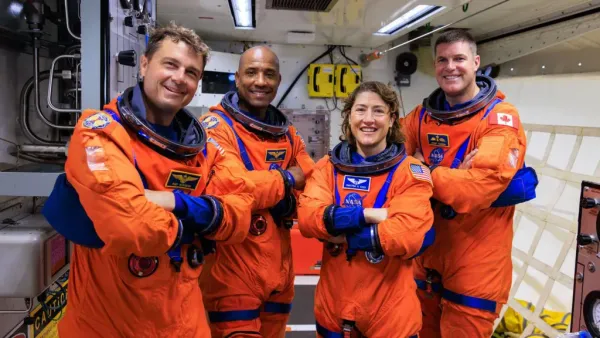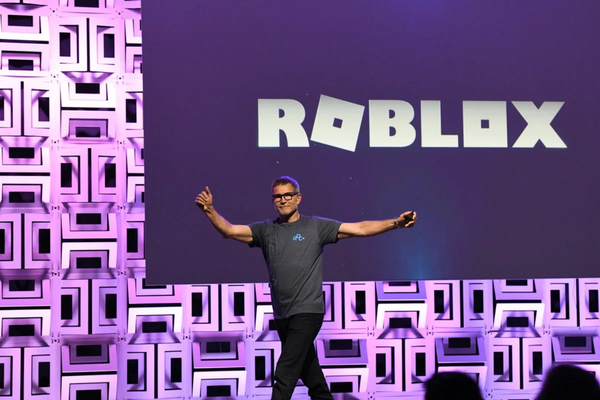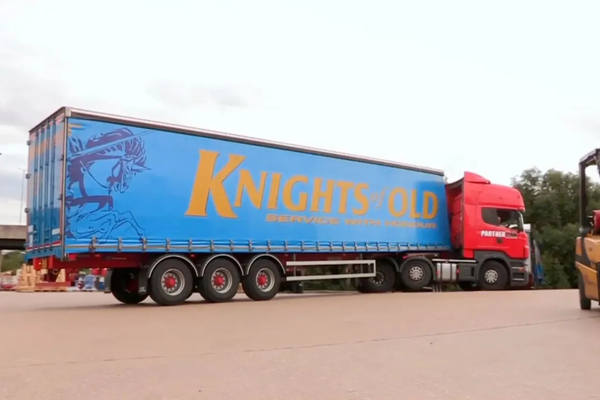NASA has announced further delays to its Artemis program, which aims to return astronauts to the Moon. The agency's administrator, Bill Nelson, confirmed that Artemis II, the second mission in the series, is now scheduled for launch in April 2026. Initially planned for November 2024 and later postponed to September 2025, this mission involves sending astronauts around the Moon without landing.
As a result, the first lunar landing, Artemis III, has been pushed back to at least mid-2027, a year later than anticipated. The delay stems from issues with the Orion spacecraft's heat shield, which sustained significant damage during its previous uncrewed test flight. Engineers reported extensive charring, erosion, and cracking, prompting a comprehensive redesign.
"Our North Star is astronaut safety," Nelson emphasized during a press briefing. "We won’t proceed until we’re absolutely ready. This means conducting the next test flight meticulously and addressing every potential risk."
The heat shield's problems are believed to be solvable by altering the capsule’s re-entry trajectory. However, NASA engineers require more time to ensure the solution's viability.
Lunar Race Intensifies
NASA's delay comes as the Chinese space agency advances its plans for a Moon mission by 2030. Despite this, Nelson expressed confidence that the Artemis program would reach the lunar surface first. He urged NASA’s commercial and international partners to "double down" on efforts to stay ahead.
"We aim to launch Artemis III in 2027, well before China’s declared timeline," he said.
However, these delays increase scrutiny of NASA’s Space Launch System (SLS), the rocket designed to propel Artemis missions. Critics highlight its high costs and protracted development timeline, particularly compared to the rapid progress of SpaceX’s reusable Starship rocket.
Leadership Changes Could Signal a Shift
Adding to NASA’s challenges, the incoming administration has nominated billionaire Jared Isaacman to replace Bill Nelson as NASA’s chief. Known for his collaboration with SpaceX and having financed two private spaceflights himself, Isaacman represents a more entrepreneurial approach that could disrupt NASA’s traditional methods.
"SLS is a legacy rocket—expensive and not reusable, unlike SpaceX’s Starship," said Dr. Simeon Barber, a space scientist at the Open University. "This slow and costly model may face significant challenges under Isaacman, especially with a cost-conscious administration incoming."
The potential alignment of Isaacman, SpaceX’s Elon Musk, and the new administration raises questions about the future of NASA’s Moon program. "It’s hard to predict how this combination will reshape NASA, but it’s clear that significant changes are likely," Barber added.
As NASA navigates technical hurdles and leadership transitions, the Artemis program’s path to the Moon remains critical to maintaining its edge in the burgeoning space race.







